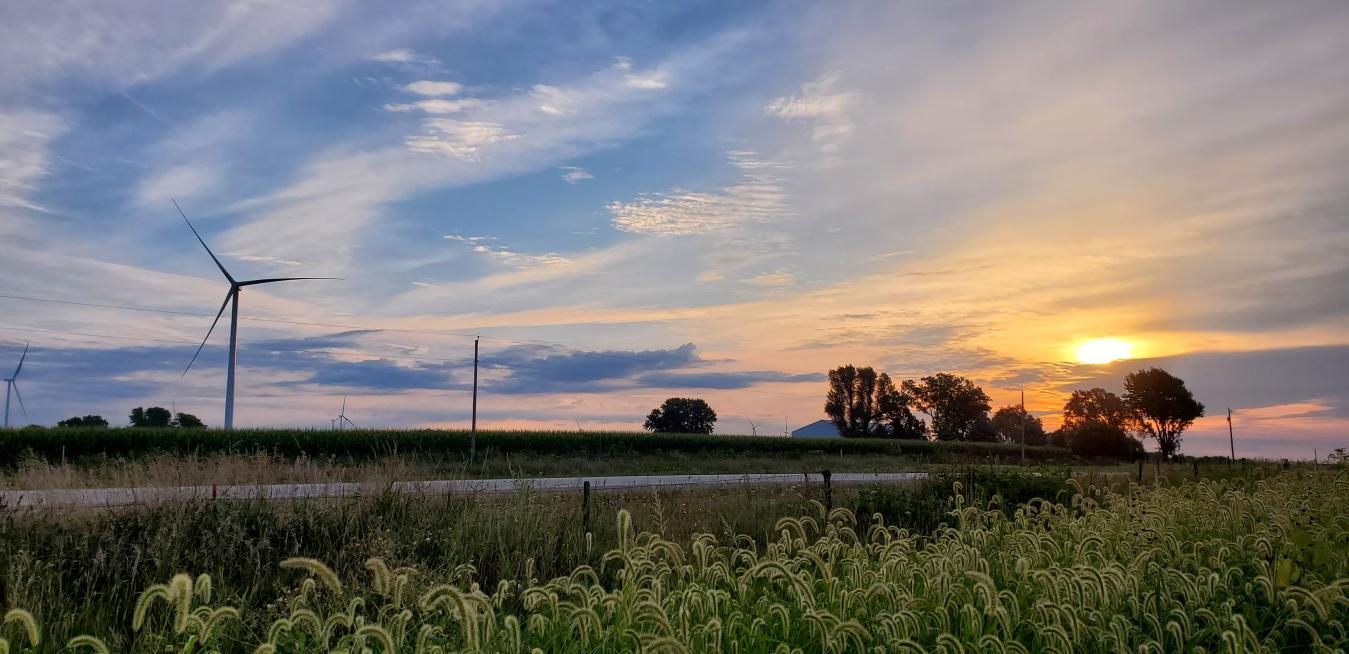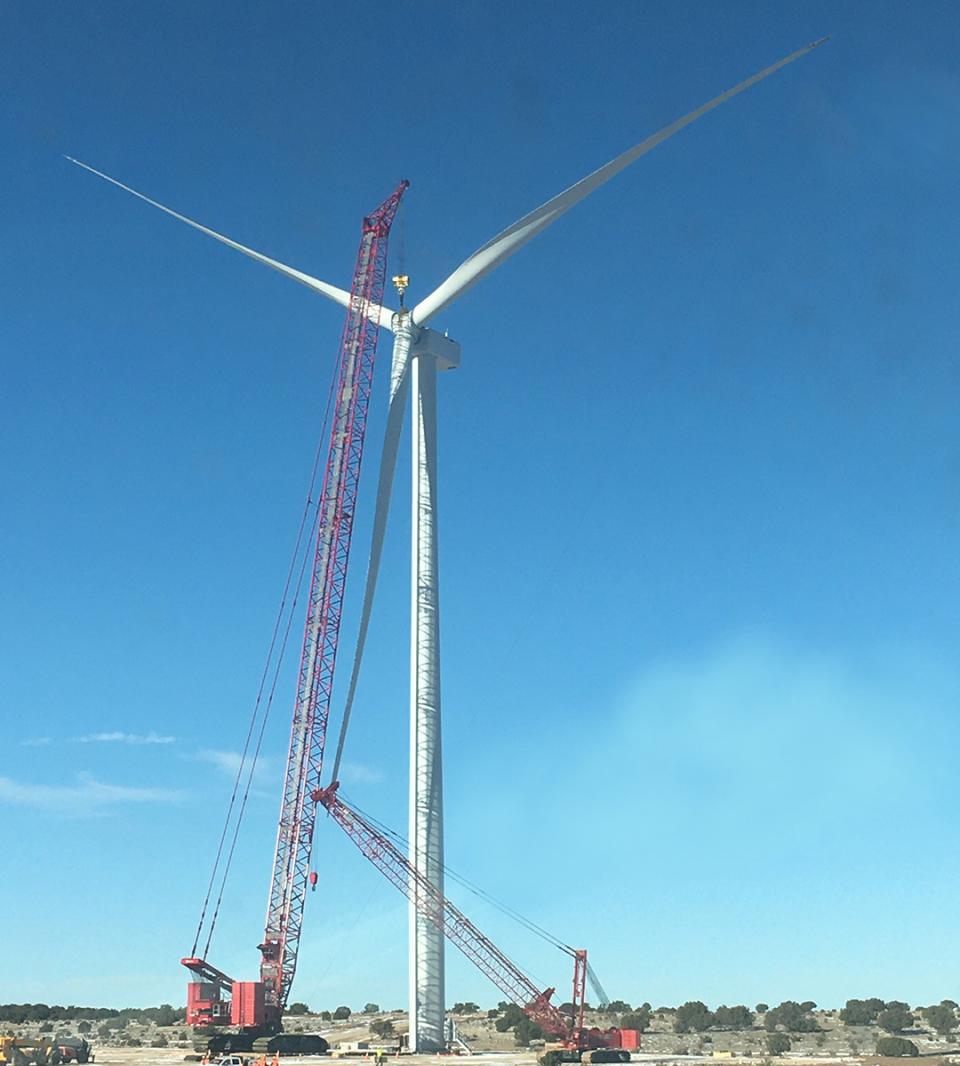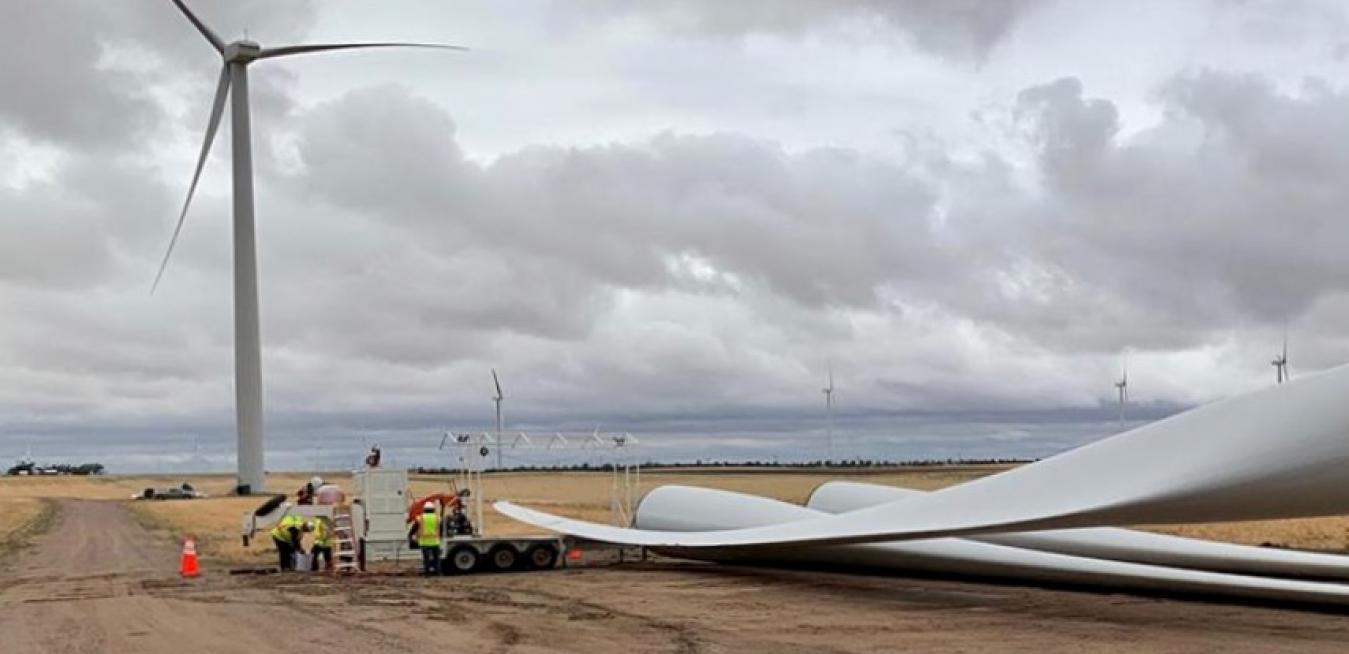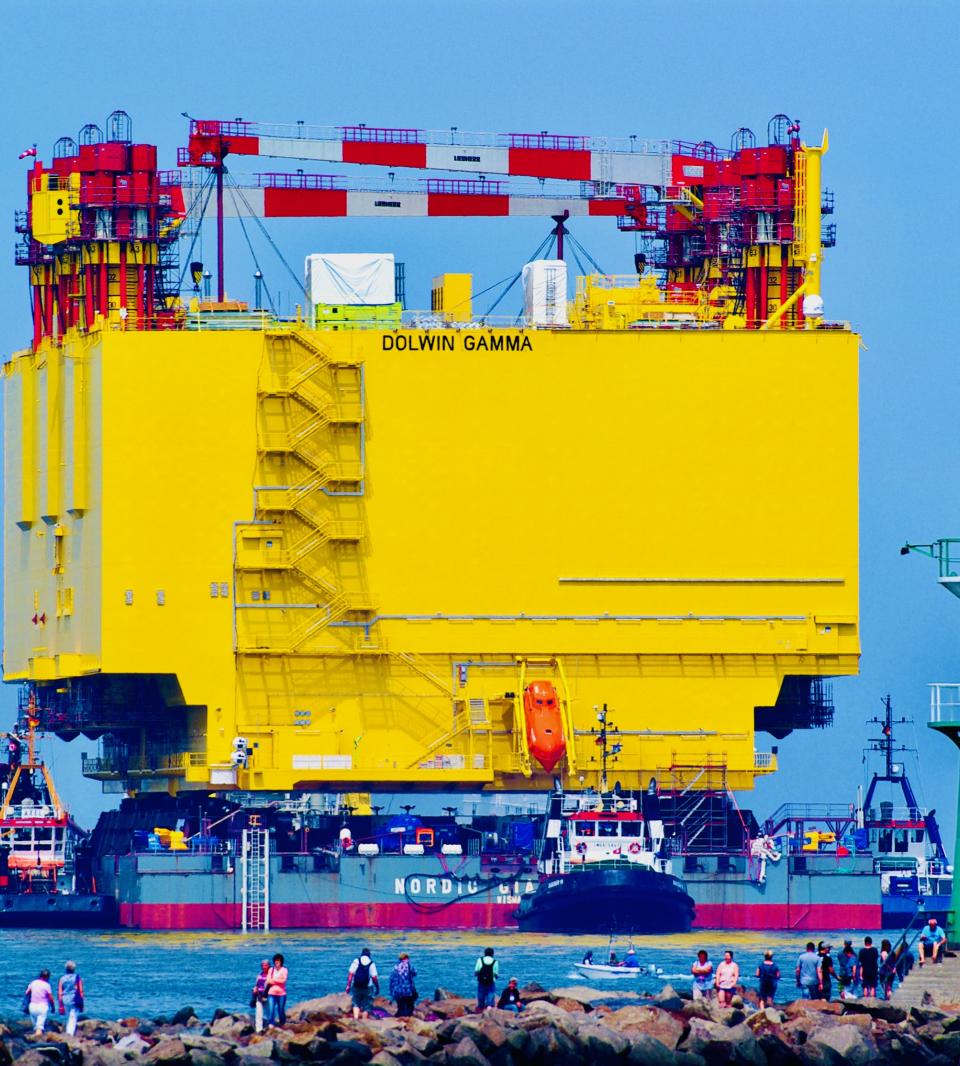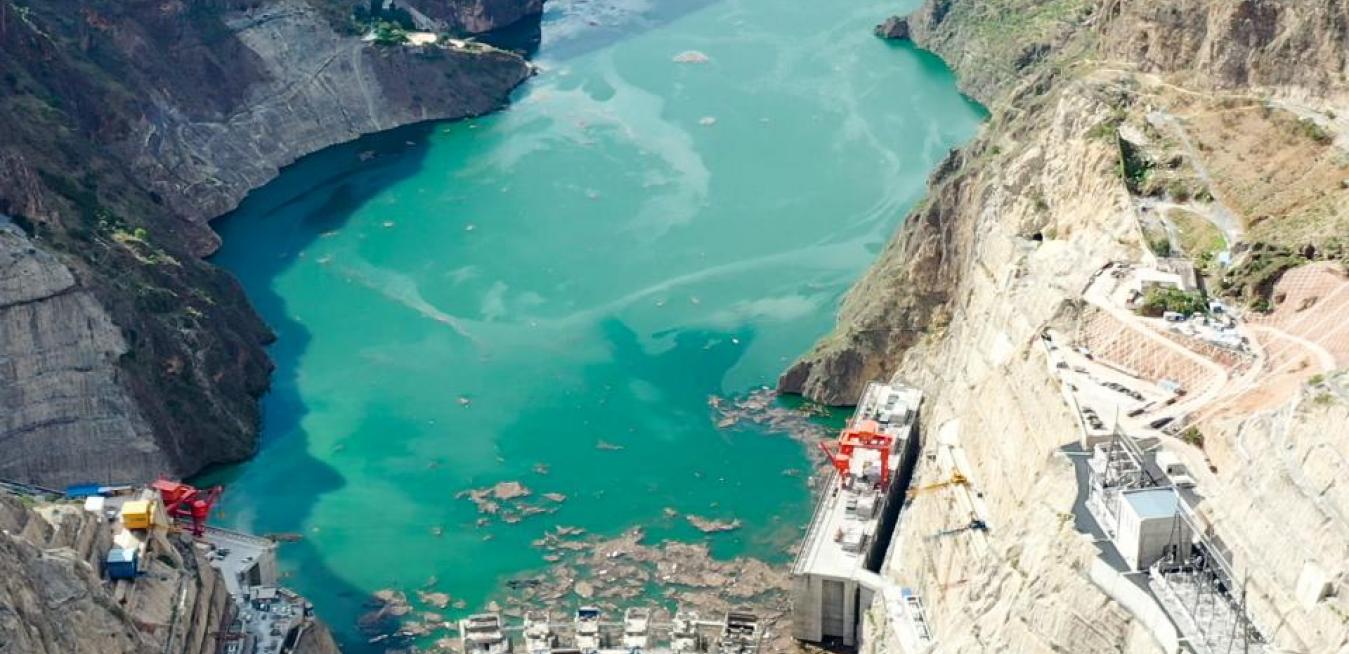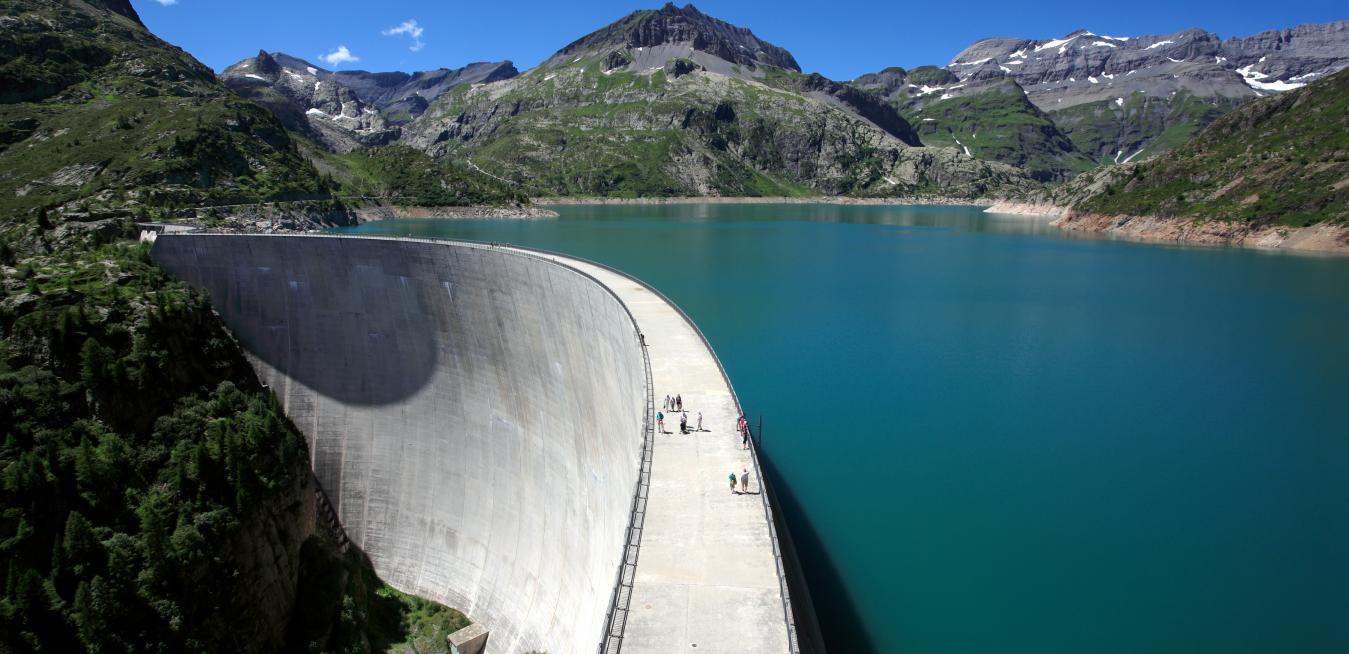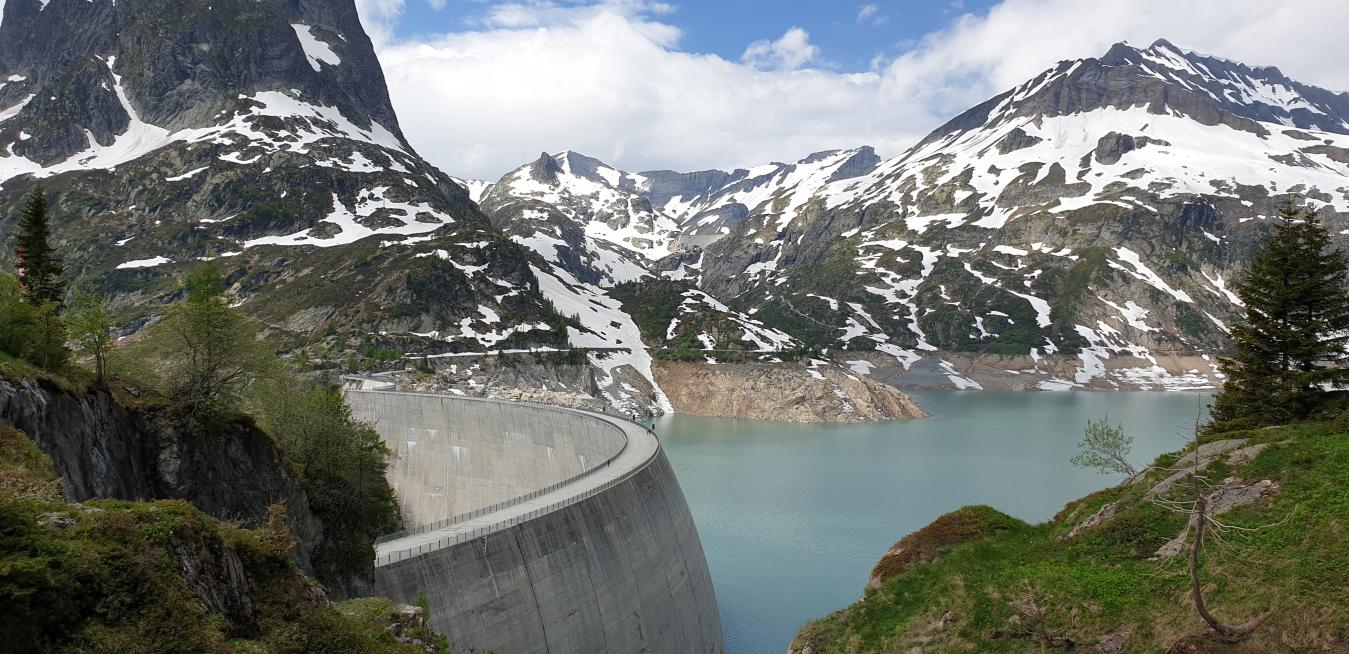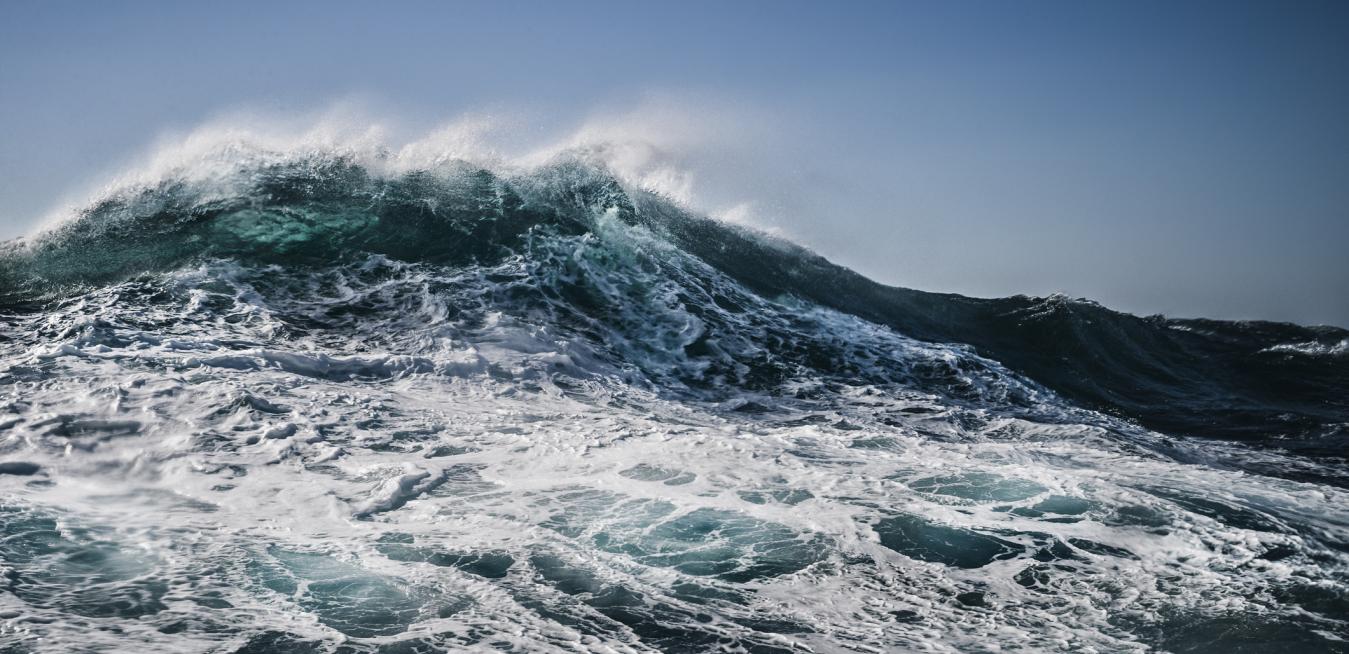It should come as no surprise that wind has one of the energy industry’s lowest carbon footprints. But that doesn’t mean it can’t be even smaller — and one promising avenue involves recycling wind turbine blades. “There are huge sustainability advances in terms of energy, materials and consumption at every stage,” says Hanif Mashal, vice president of engineering and technology at LM Wind Power. In fact, the Danish company, a subsidiary of GE Renewable Energy, is seeking to find ways to make blades that could be 100% recyclable one day.
Last November, more than 8,000 GE Renewable Energy onshore wind turbines standing in 23 states in the United States and 10 different countries quietly took the power industry by storm. The 2 megawatt (MW) onshore wind platform blew through a major milestone by logging a combined 20 gigawatts (GW) of installed capacity worldwide since its debut in late 2015.
Pretty soon the bristly grasses of the high plains won’t be the only thing catching the wind in central New Mexico: Western Spirit Wind, an installation built by the southwestern utility Pattern Energy, is set to deliver more than 1,050 megawatts of renewable energy from four separate wind farms. The Western Spirit Wind project is scheduled to be the largest wind installation in the state, when completed.
In 2019, the Haliade-X 12 MW prototype in Rotterdam raised the bar for wind energy (see top image). It set a world record for generating enough energy in one day to power 30,000 Dutch households. The prototype is performing so well that the machines are now rated even higher — at 13 MW.
Global wind farm operators added more than 22,000 wind turbines in 2019 and the growth is only going to pick up speed as more and more countries continue to press ahead to lower their carbon footprint. With good reason: On average, a single wind turbine operating in the U.S.
Like many countries around the world, Germany is in the middle of an ambitious energy transition, aiming to generate 80% of its power from renewable sources by 2050. One steppingstone on that journey is a huge yellow structure rising more than 60 feet from the slate-gray waters of the North Sea some 80 kilometers off the country’s coast.
В 2020 году генерирующее оборудование GE было установлено на одной из крупнейших ГЭС Китая
In September, the European Commission in Brussels proposed an ambitious new goal for renewable energy in the region: a 55% reduction in greenhouses gases by 2030 (compared to 1990 levels) to put Europe on track toward climate neutrality by 2050.
Two crystal-clear blue lakes in the Swiss canton of Valais, Lac d’Emosson and Lac du Vieux Emosson, look at first glance like any number of local glacier-fed tarns, surrounded by mountains and crystalline air blowing down the slopes of nearby Mont Blanc. But first impressions can be misleading: The twin bodies of water are central components of Nant de Drance, one of the world’s most ingenious batteries, which entered commissioning phase in August.
When the English playwright Thomas Heywood used the phrase “as common as coals from Newcastle” — pointing out something that was just plain ordinary — his London audience knew exactly what he was talking about, even in the early 1600s. For centuries, the abundance of coal around Newcastle-upon-Tyne in northeast England not only helped shape English idioms, but it also fueled the industrial revolution in the north of the country and, when electricity became the dominant form of energy, the majority of British power generation. As recently as 1990, the U.K.





